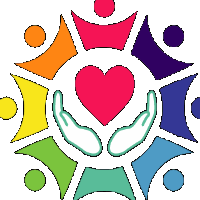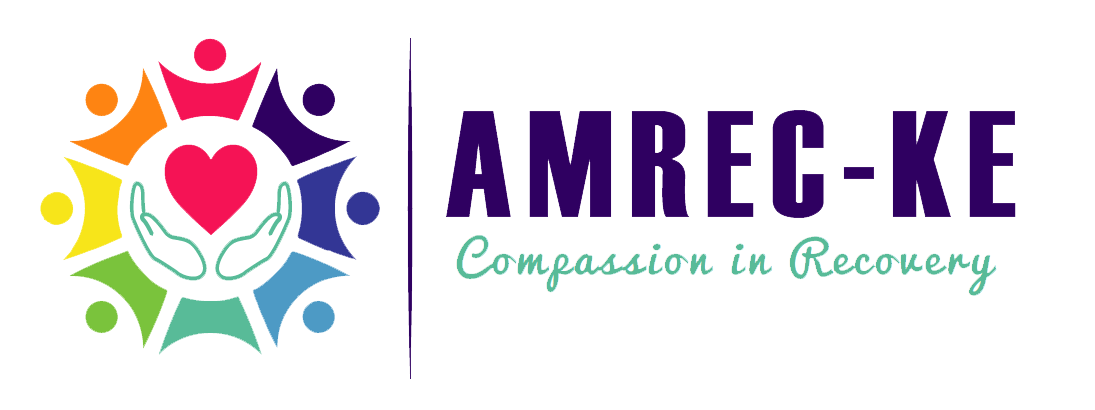

The term “hallucination” describes a seemingly real sensory perception of something that is not there. Drugs classified as hallucinogens are substances that significantly alter a person’s view of reality and result in hallucinations.
Traditional hallucinogens (like LSD) and dissociative substances are the two main categories of hallucinogens (such as PCP). Both varieties of hallucinogens can produce hallucinations, which are unreal but seeming feelings and pictures.
Additionally, some hallucinogens are synthetic, while others are derived from plants or mushrooms (human-made).
In the past, humans have employed hallucinogens in rituals for healing or religion. The use of these medicines for social or recreational activities, such as to relieve stress, experience spirituality, or simply to feel different, has increased in recent years.

a.) Classic hallucinogens
Some examples of classic hallucinogens include:
- LSD (D-lysergic acid diethylamide): is one of the most powerful mind-altering chemicals. It is a clear or white odorless material made from lysergic acid, which is found in a fungus that grows on rye and other grains.
- Psilocybin (4-phosphoryloxy-N, N-dimethyltryptamine): comes from certain types of mushrooms found in tropical and subtropical regions of South America, Mexico, and the United States.
- Peyote (mescaline): is a small, spineless cactus with mescaline as its main ingredient. Peyote can also be synthetic.
- DMT (N, N-dimethyltryptamine): is a powerful chemical found naturally in some Amazonian plants. Ayahuasca is a tea made from such plants, and when taken in this form it is also known as hoasca, aya, and yagé. It can also be made in a lab as synthetic DMT and it usually takes the form of a white crystalline powder that is smoked.
- 251-NBOMe: is a synthetic hallucinogen with similarities both to LSD and MDMA (see DrugFacts: MDMA) but that is much more potent. Developed for use in brain research, when sold illegally it is sometimes called N-Bomb or 251.

b.) Dissociative drugs
Dissociative drugs cause users to feel as if they are out of control or disconnected from their bodies and environment.
Common examples of dissociative drugs include the following:
- PCP (Phencyclidine): was developed in the 1950s as a general anesthetic for surgery, but it is no longer used for this purpose due to serious side effects. PCP can be found in a variety of forms, including tablets or capsules; however, liquid and white crystal powder are the most common.
- Ketamine: is used as a surgery anesthetic for humans and animals. Much of the ketamine sold illegally come from veterinary offices. It mostly sells as a powder or as pills, but it is also available as an injectable liquid. Ketamine is snorted or sometimes added to drinks as a date-rape drug.
- Dextromethorphan (DXM): is a cough suppressant and mucus-clearing ingredient in some over-the-counter cold and cough medicines (syrups, tablets, and gel capsules).
- Salvia (Salvia divinorum): is a plant common to southern Mexico and Central and South America. Salvia is typically ingested by chewing fresh leaves or by drinking their extracted juices. The dried leaves of salvia can also be smoked or vaporized and inhaled.

Effects of hallucinogens on the brain
Through previously carried out research, it has been established that :
a.) Classical hallucinogens: work at least partially by temporarily disrupting communication between brain chemical systems throughout the brain and spinal cord.
They interfere with the action of the brain chemical serotonin, which is used to regulate:
- Mood
- Sensory perception
- Sleep
- Hunger
- Body temperature
- Sexual behavior
- Intestinal muscle control
b.)Dissociative hallucinogenic drugs: interfere with the action of the brain chemical glutamate, which is used to regulate:
- Pain perception
- Responses to the environment
- Emotion
- Learning and memory

Signs and symptoms of hallucinogen abuse
If you find yourself questioning whether you’re struggling with an addiction to hallucinogens, it may be helpful to introspect your life and see if you exhibit any of the following symptoms:
- Spending a lot of time getting, using, and recovering from hallucinogen abuse
- Attempting but failing to stop the abuse of hallucinogens
- Abusing hallucinogens in situations when it is dangerous to do so
- Continuing to use hallucinogens even after experiencing negative consequences as a result
- Violent or aggressive behaviors
- Nausea
- Vomiting
- Dizziness
- Increased blood pressure
- Perspiration
- Numbness in arms and legs
- Respiratory distress
- Vision problems
- Increased heart rate
- Muscle spasms
- Poor judgment
- Amnesia
- Delusions
- Poor focus
- Paranoia
- Poor concentration
- Dissociation
- Hallucinations
- Loss of interest in enjoyable activities
- Agitation
- Mood swings
- Social withdrawal
- Aggression
- Irritability

Effects of hallucinogens
a.) Classic Hallucinogens
Short-Term Effects
Classic hallucinogen causes users to see images, hear sounds, and feel sensations that seem real but do not exist. The effects generally begin within 20 to 90 minutes and can last as long as 12 hours in some cases (LSD) or as short as 15 minutes in others (synthetic DMT).
Hallucinogen users refer to the experiences brought on by these drugs as “trips.” If the experience is unpleasant, users sometimes call it a “bad trip.”
Along with hallucinations, other short-term general effects include:
- Increased heart rate
- Nausea
- Intensified feelings and sensory experiences (such as seeing brighter colors)
- Changes in sense of time (for example, the feeling that time is passing by slowly)
- Increased blood pressure, breathing rate, or body temperature
- Loss of appetite
- Dry mouth
- Sleep problems
- Spiritual experiences
- Feelings of relaxation
- Uncoordinated movements
- Excessive sweating
- Panic
- Paranoia—extreme and unreasonable distrust of others
- Psychosis—disordered thinking detached from reality
- Bizarre behaviors
Long-Term Effects
- Persistent Psychosis—a series of continuing mental problems, including:
- visual disturbances
- disorganized thinking
- paranoia
- mood changes
- Hallucinogen Persisting Perception Disorder (HPPD)—recurrences of certain drug experiences, such as hallucinations or other visual disturbances. These flashbacks often happen without warning and may occur within a few days or more than a year after drug use. These symptoms are sometimes mistaken for other disorders, such as stroke or a brain tumor.

b.) Dissociative Drugs
Short-Term Effects
Dissociative drug effects can appear within a few minutes and can last several hours in some cases; some users report experiencing drug effects for days.
Effects depend on how much is used. In low and moderate doses, dissociative drugs can cause:
- Numbness
- Disorientation and loss of coordination
- Hallucinations
- Increase in blood pressure, heart rate, and body temperature
In high doses, dissociative drugs can cause the following effects:
- Memory loss
- Panic and anxiety
- Seizures
- Psychotic symptoms
- Amnesia
- Inability to move
- Mood swings
- Trouble breathing
Long-Term Effects
They include:
- Speech problems
- Memory loss
- Weight loss
- Anxiety
- Depression and suicidal thoughts

Dependence and Withdrawal
According to research, hallucinogens like PCP can be addictive and can result in withdrawal symptoms. Headaches, increased perspiration, and drug cravings are some of these symptoms. One faces the risk of becoming tolerant to hallucinogens if they take them frequently. When you become used to a drug, you must use more of it consistently to have the same results.
People who take LSD are known to develop a tolerance to it, and this tolerance may extend to other types of hallucinogens like psilocybin. Detoxification, individual counseling, and group therapy are all available forms of treatment for drug addiction.
Getting help

Follow our social media handles:
References
Minus, A. D. B. P., Minus, D. B. P., Bezrutczyk, M. F. D., Minus, C. R. D. H. P., Minus, D. H. P., & Hampton, M. F. D. (2021, August 20). Hallucinogens: Commonly Abused And Dangerous Drugs. Rehab Spot. https://www.rehabspot.com/drugs/hallucinogens/
7 Drug Categories. (n.d.). International Association of Chiefs of Police. https://www.theiacp.org/7-drug-categories
7 Examples of Hallucinogenic Drugs. (2022a, November 18). Verywell Mind. https://www.verywellmind.com/what-are-hallucinogens-63386
Minus, A. D. B. P., Minus, D. B. P., Bezrutczyk, M. F. D., Minus, C. R. D. H. P., Minus, D. H. P., & Hampton, M. F. D. (2021b, August 20). Hallucinogens: Commonly Abused And Dangerous Drugs. Rehab Spot. https://www.rehabspot.com/drugs/hallucinogens/
By Lemu Wanjiku
Counselling Psychologist
AMREC Kenya

